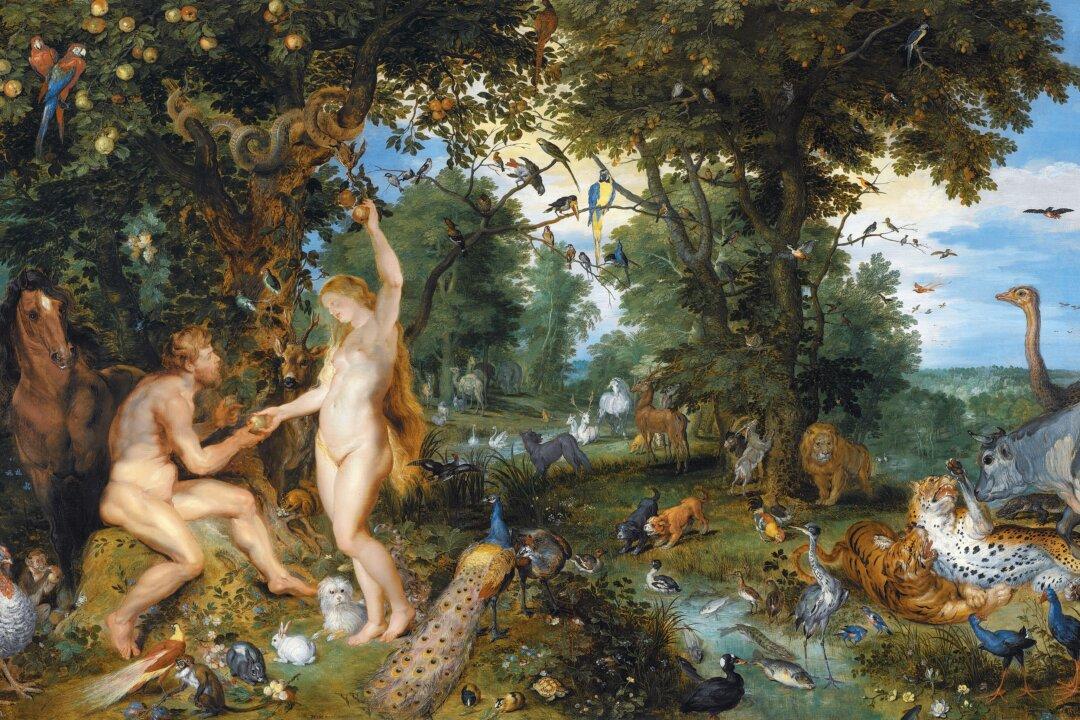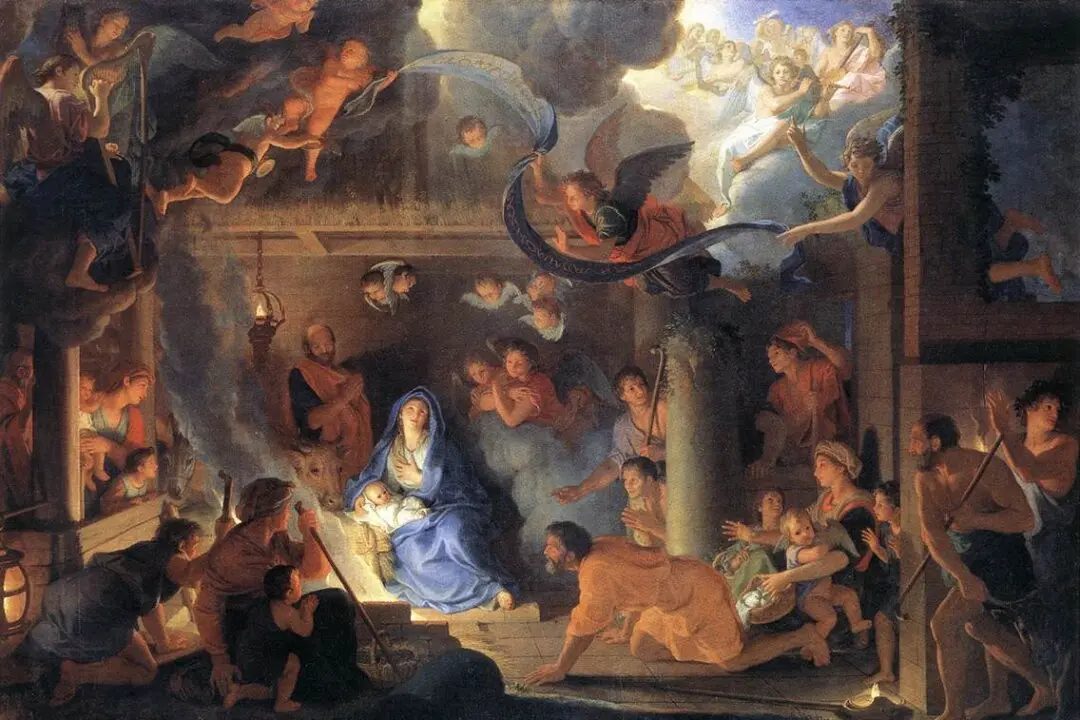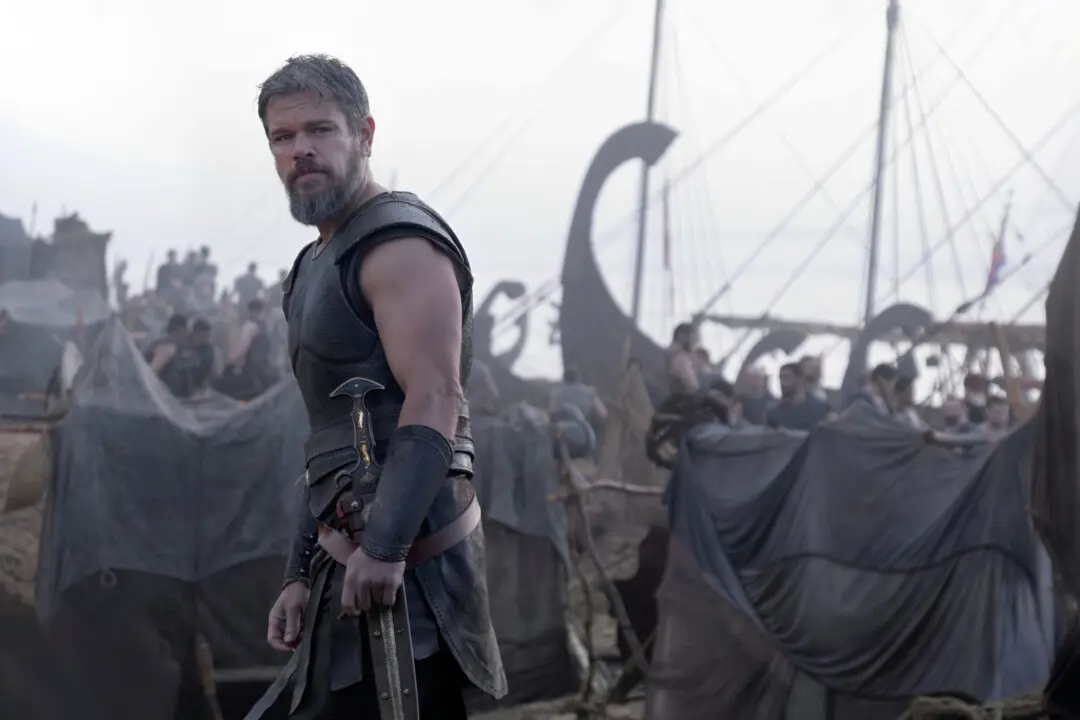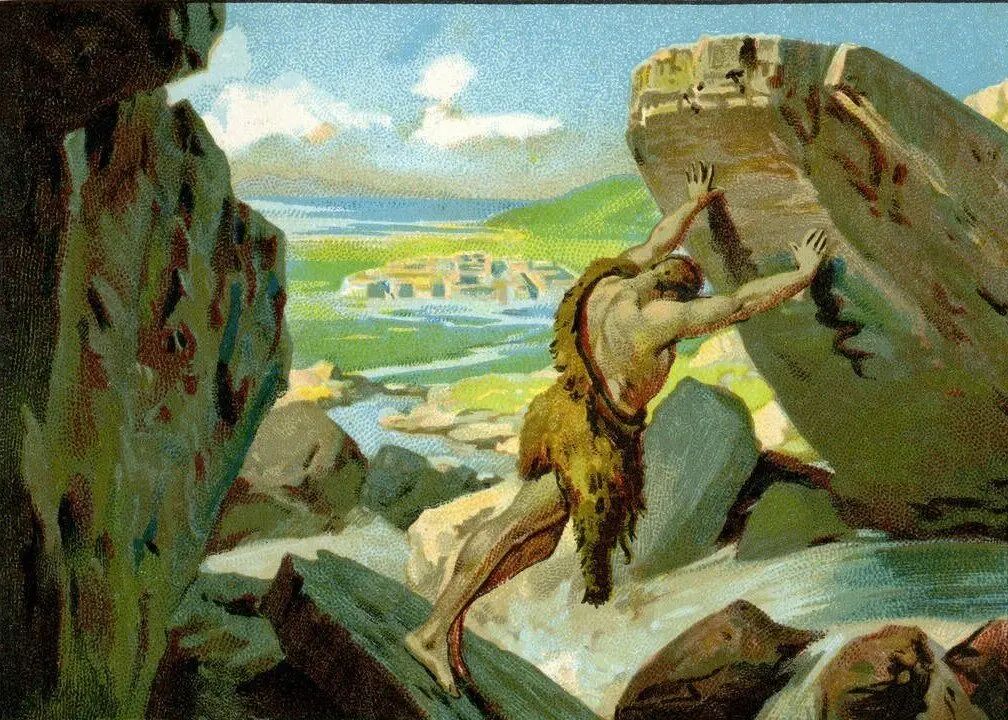What if morality were baked into the heart of the universe and what would that mean for us today?
In the first part of this series “Mythos versus Logos,” we discussed the difference between mythos and logos. Then, in the second part, we went on to discuss how our choosing logos over mythos has led to science infringing upon religion’s domain. In Part 3, we chose to see what a perspective based on mythos could reveal and looked to the first book of the Bible, Genesis, to study how meaning and beauty were created. In the final article in this series, we again look to Genesis but this time at the goodness at the heart of creation.






